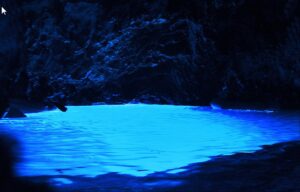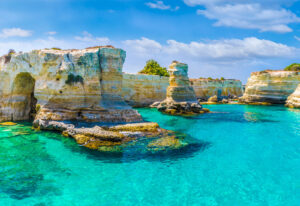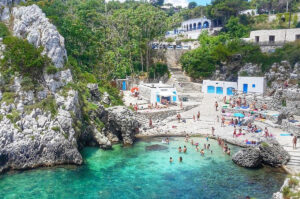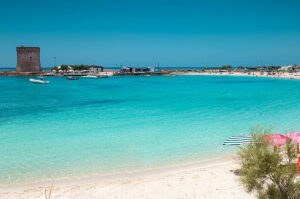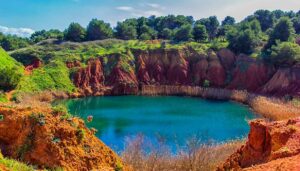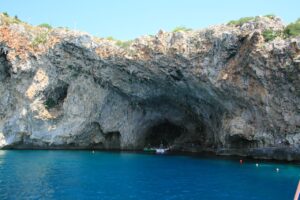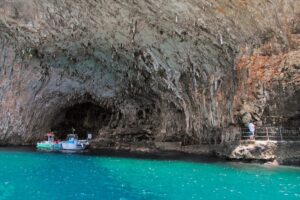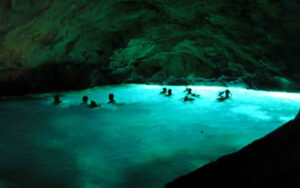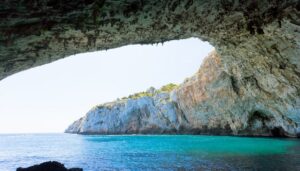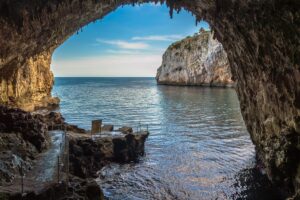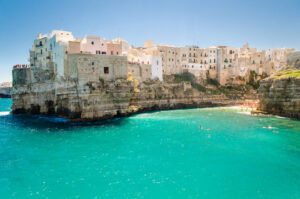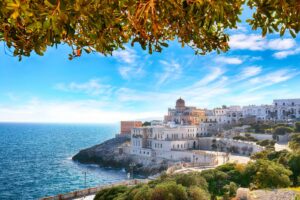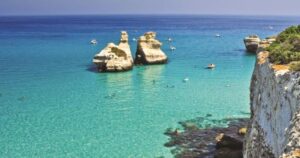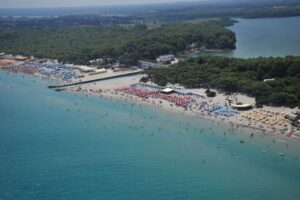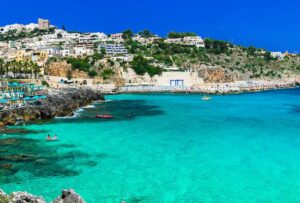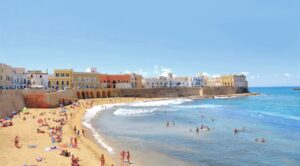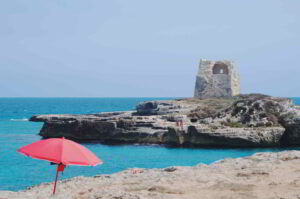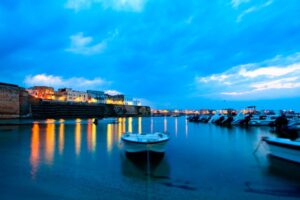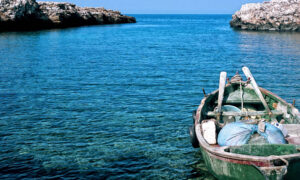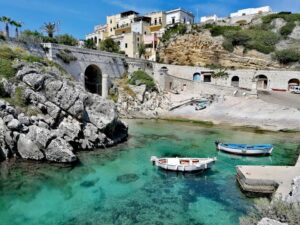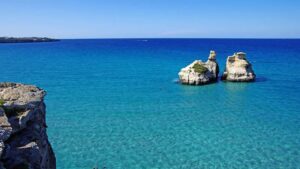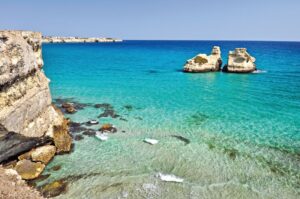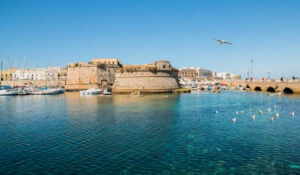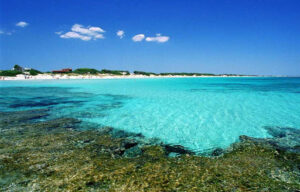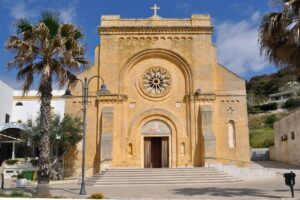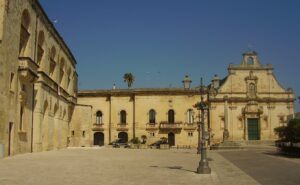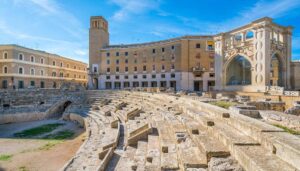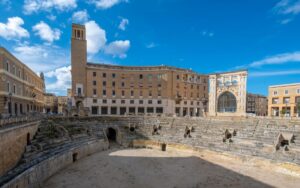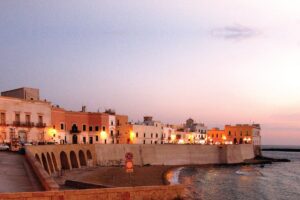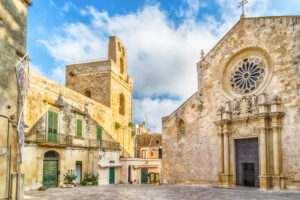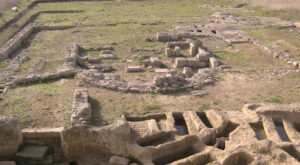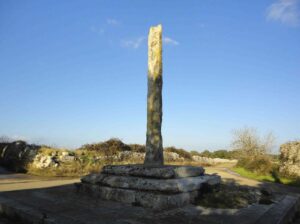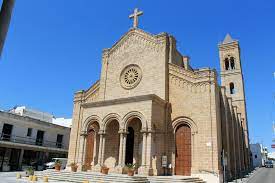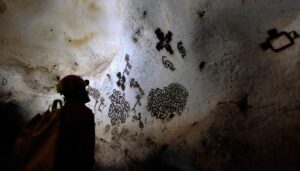«It is enough to stop and live there for a few days for a very strange suspicion to gradually make its way in us, that it is not a place of geography but a condition of the soul, which we arrive at only by chance, slipping through an ignored trapdoor of consciousness»
Straight on the Salento sea, Cala dei Balcani is Salento
Kissed from the sun, rocked by the sea and caressed by a soft breeze, Salento is undoubtedly one of the most popular and sought after tourist destinations. Located at the lower end of the Peninsula, this long flat tongue of land laps two seas: The Ionian to the west and the Adriatic to the east.
Cala dei Balcani embodies all the characteristics of our land:
It’s a dive in a magnificent botanic park with more than 500 plants
It’s a Saracen tower of the year 1500 with a breath-taking view
It’s a blue sea surrounded by a 500 years old pine forest
It’s a marvellous terrace set in the Salento rocks
It’s the centuries old oak garden …
It’s the main dining hall dating to the ‘800 built with the carparo stone coming from the local caves
It’s a belvedere terrace overlooking the sea
The decision of organizing a wedding in Salento means to gif yourself and your guests a day off in one of the most beautiful regions of the world.
A memorable and beautiful experience
Santa Cesarea Terme is also beautiful beaches and crystal clear water where to dive during the heat of summer days. The charming Porto Miggiano, a rocky cove set in an inlet characterized by high limestone cliffs. Those who are used to exploring the seabed will find satisfaction in the marine ravines from which springs rich in sulphurous minerals that give them those curative aspects for which they are exploited. From the ancient times were well known the benefits of the sulphur water of which the territory is rich. The healing waters come from four karst caves: The Gattulla, the Solfatara, the Solfurea, the Fetida. The facilities available ensure the lucky traveller health care, treatments and unforgettable stays. Also noteworthy are the elegant stately homes: Villa Raffaella and Villa Sticchi, the latter, located on a rocky relief, boasts Moorish-style architecture. In 1968 it was the location of many scenes in the film “Our Lady of the Turks” by the maestro Carmelo Bene. A few kilometres north of Santa Cesarea Terme we find Porto Badisco, where the legend tells Aeneas landed; in this locality in 1970 the “Deer Cave”, which with its numerous cave paintings and pictograms (the famous one depicting the dancing God) is considered the most impressive Neolithic pictorial complex in Europe was found. The Zinzulusa Cave, south east of the Adriatic coast, is a spectacular karst tunnel overlooking the sea. It owes its name to its conformation, the numerous stalactites and stalagmites recall the rags of a worn-out dress, in the Salento idiom the “zinzuli”. It is considered one of the major karst phenomena of.
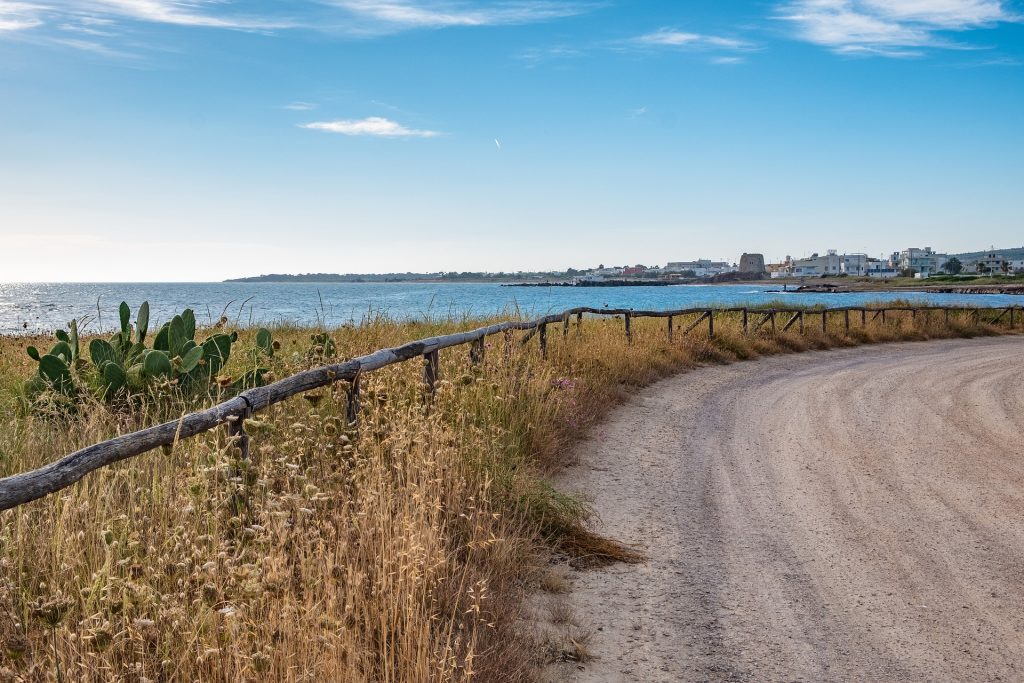
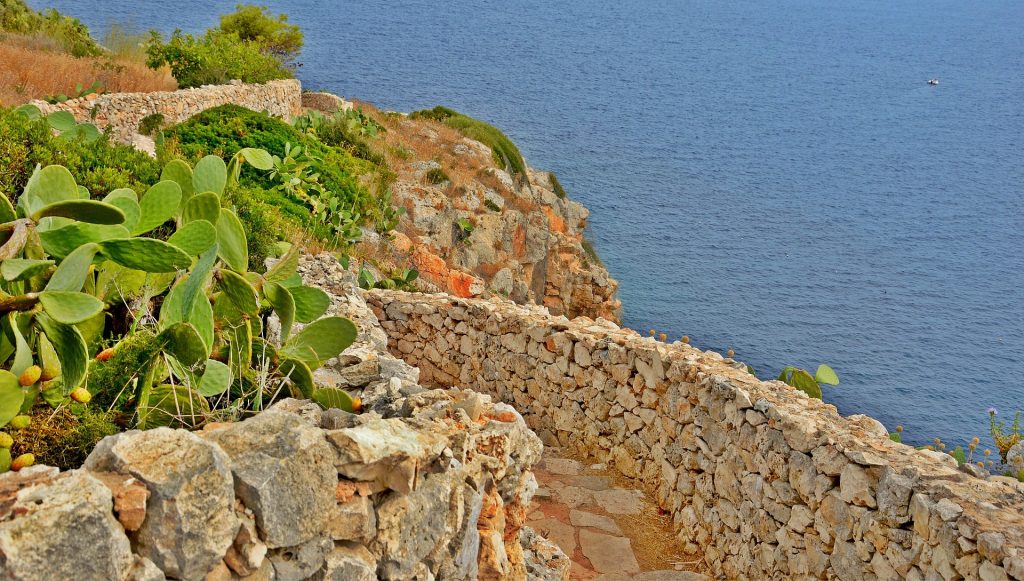
The lucky traveller must not forget that what he admires is a history of encounters, a place of passageways and walkways between West and East. Just in the vicinity of Santa Cesarea Terme, precisely from the village of Vitigliano passes the extension of the ancient Via Traiana, now also recognized by the European Commission with the name of Via Francigena del Sud. This ancient walkway starts from the Roman columns of Brindisi, the end of the ancient Via Appia – the queen viarum – and leads to Lecce, the capital of the Apulian Baroque. Here the itinerary heads east to the fortified citadel of Acaya, dating back to the 16th century. It continues towards the sea where it reaches Otranto, the most eastern town in Italy. From here it branches off into the historic center of the city until it reaches the Cathedral of Santa Maria Annunziata, renowned for its rich 12th-century mosaic representing the Tree of Life, a true iconographic encyclopedia of medieval culture. Skirting the Adriatic coast, it proceeds south until it reaches Leuca, de finibus terrae, where the apostle Peter is said to have landed on his journey to Rome A further reason of historical interest is represented by the coastal watchtower network, wanted by Charles V and built in 1500 to defend the territory. In the territory of Santa Cesarea Terme alone there are four of these particular architectural constructions: Torre Miggiano, Torre Specchia di Guardia, Torre Minervino, Torre Santa Cesarea. The latter was renovated and today embellishes the structure of Cala dei Balcani, making the venue one of the most evocative in Salento.
Salento, a fascinating land stretching out into the heart of the Mediterranean.


